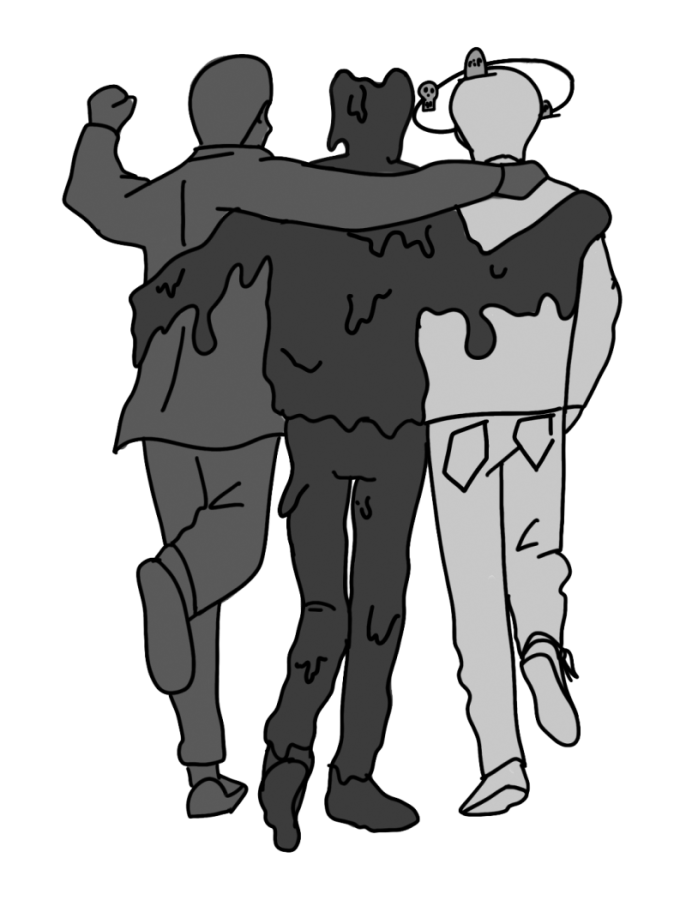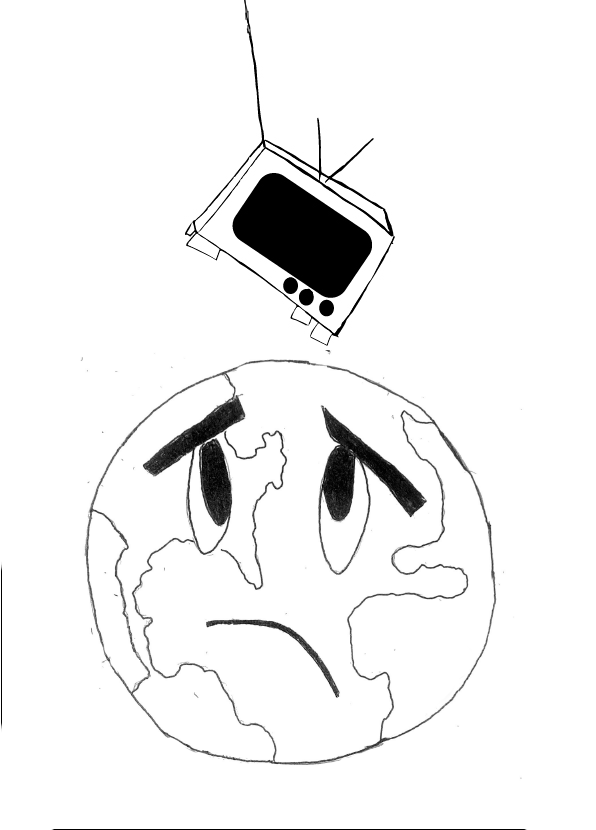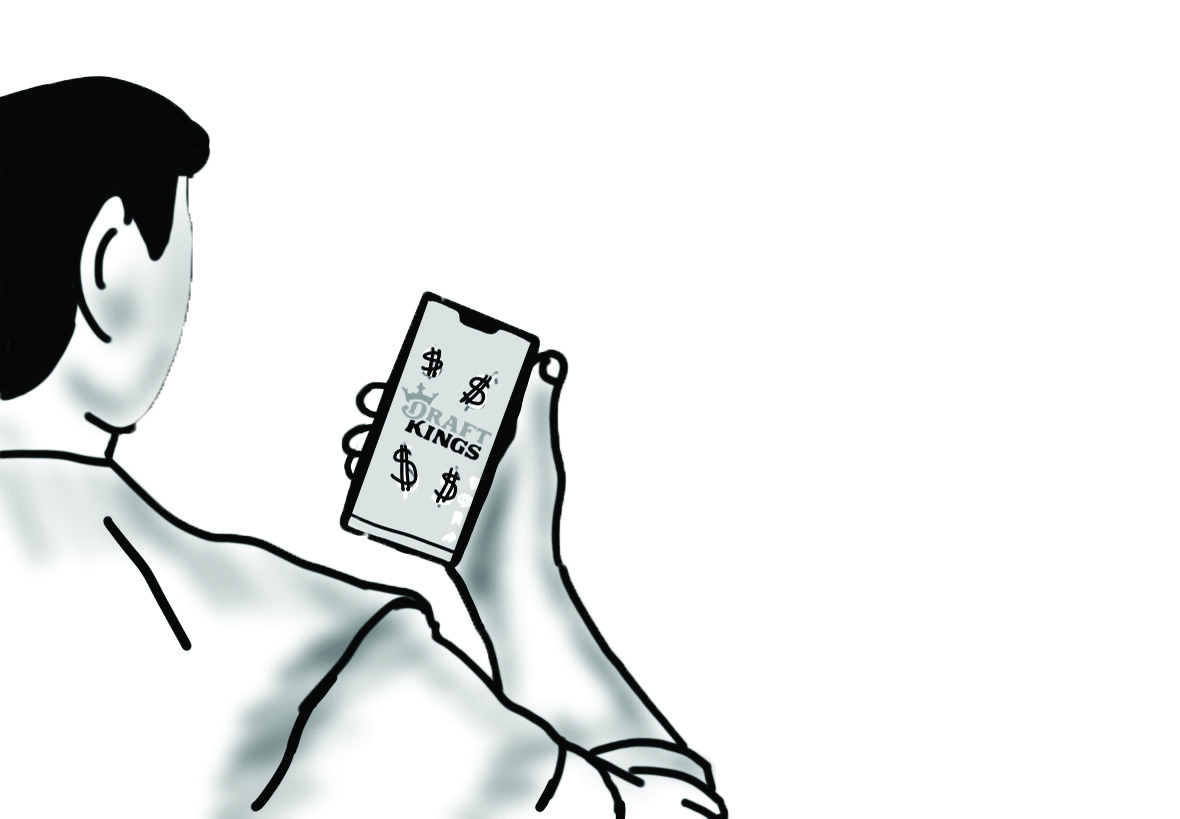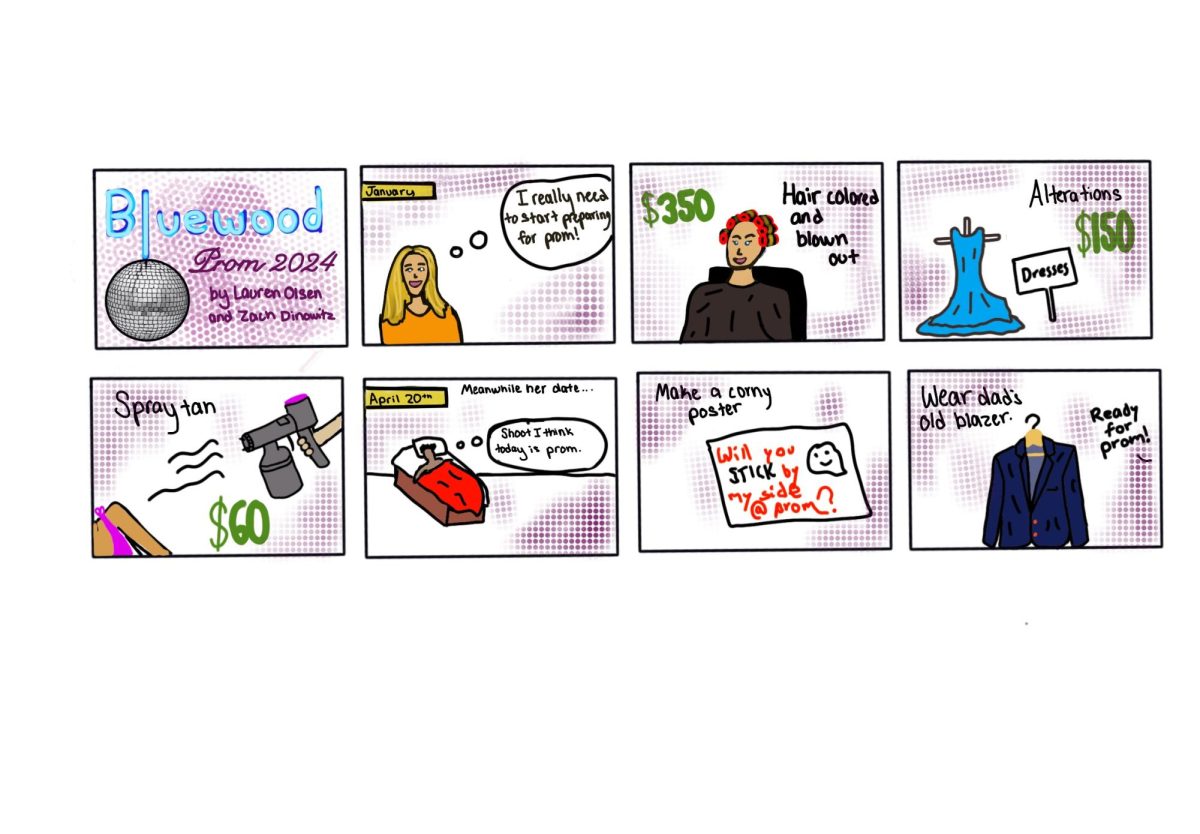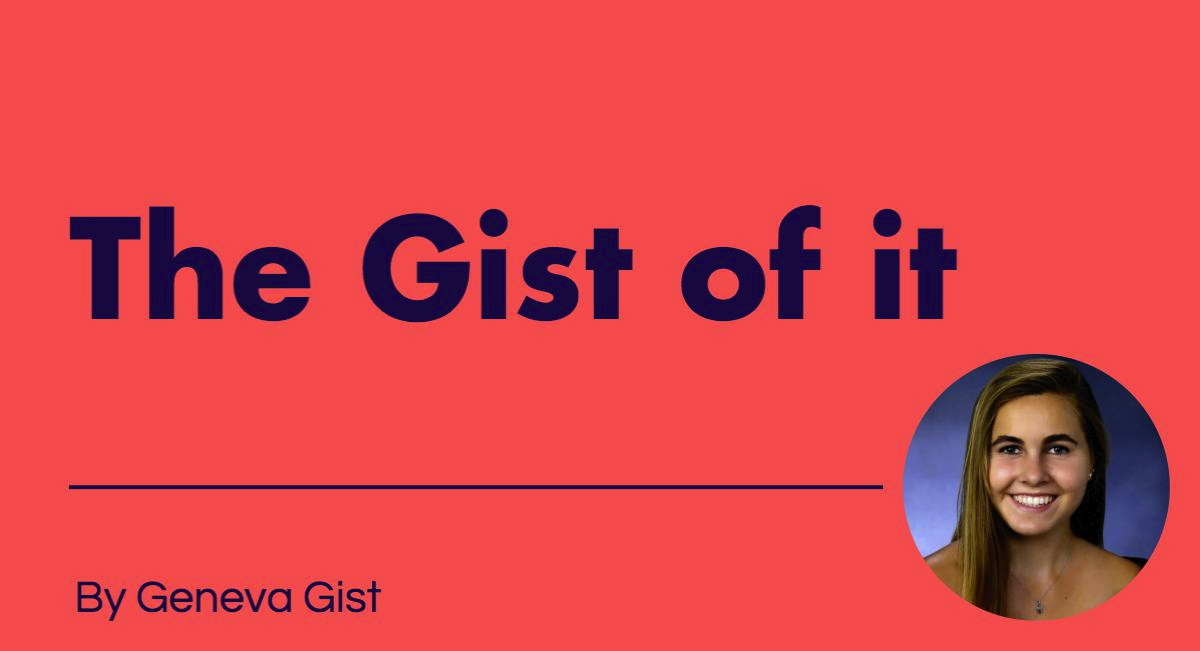
Mental health is a concern for minorities
The TUHSD board is planning to shrink the district budget due to a projected increase in enrollment, and is examining areas it believes are using too much money. One of the programs the budget committee has recommended for re-evaluation is the Wellness Center.
The fact that Wellness is one of the items on the board’s list of potential places to reduce funding shows that it has fallen victim to a larger social tendency to reduce the importance of mental illness because it doesn’t affect people of privilege on the same level as those in marginalized groups.
Would society think that mental health wasn’t such a big issue if suicide was the second leading cause of death for people ages 10 to 34 years? What if 19.5 percent of people lacked health insurance?
These numbers refer to the cause of death for Native Americans and the number of Hispanics with health insurance, respectively, according to 2014 studies by the Centers for Disease Control and Prevention (CDC).
Meanwhile, only 6.3 percent of White Americans are without health coverage, according one of the same studies.
The Wellness Center is necessary because it provides mental health and educational services to those who don’t otherwise have access. Our society’s assumption that mental health is a disposable amenity fails to consider the needs of certain demographics.
Members of the LGBTQ community have higher rates of some mental disorders, including depression and generalized anxiety disorder compared to straight people, according to the American Psychological Association. The study also stated that discrimination may be a cause for these higher rates. LGBTQ youth are twice as likely to attempt suicide, according to the CDC.
Our society tends to view the world from a White, straight, cisgendered perspective, and we look at mental health in the same way. There’s an assumption that if you need help, you can get it on your own. Superintendent Yoshihara suggested this in an interview with The Bark, when he said, “I’m not certain in terms of how much responsibility the district should have in wellness because there’s a lot of overlap with the services provided in wellness and other social programs that exist.”
The Wellness Center will bring these services on campus at no cost to students. Any student, at any point during the school day can get the help they need.
There’s a difference between equality and equity. We might have ‘equality’ without the Wellness Center. But the idea of equality––that everybody is given the same resources to achieve the same goals––does not consider that not all people start out on a level playing field. What about the LGBTQ and minority students who face discrimination, depression and anxiety?
Equity, however, means that people are treated justly or fairly. True fairness would be providing resources like the Wellness Center so that students struggling with mental illness can be given the same chance to recover.
We shouldn’t even be considering cutting funding to a resource that can help so many get the assistance they need. If anything, we should be creating as many places like the Wellness Center as possible.
The board’s consideration of cutting Wellness isn’t conscious discrimination. It’s simply the way issues facing our community are perceived, and that is through the eyes of a straight, White American.
Consequences for not treating mental issues are huge. Over 60 percent of inmates in local jails have mental or mood issues, according to statistics from the Bureau of Justice. In addition, over a quarter of all sheltered people who were homeless had a severe mental illness, according to the Substance Abuse and Mental Health Services Administration.
If funding for the Wellness Center is cut, Redwood students could slip through the cracks, and a disproportionate amount of those would likely be minority students. This isn’t fair. We have to make sure our students don’t end up hurt or homeless, and that everybody has an equal chance at a successful and comfortable life.
Wellness isn’t going to end the obvious inequity in our community, but it’s a start. And that’s something we desperately need.







